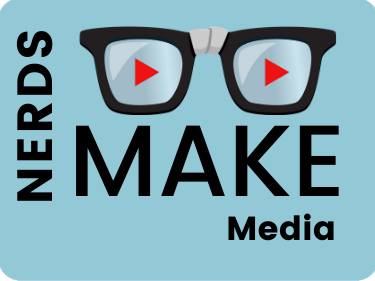Katrina Baker, the Senior Learning Evangelist, Adobe started with her definition of “social learning”
Encourages communication and sharing among learner
Can be blended into any type of delivery format
Every learner is a teacher, collaborator, and in some cases a curator
Learning technology promotes social learning through:
Discussion boards
Gamification. Gamification makes learners feel more empowered (and thus more intrinsically motivated) by being offered a range of courses, rather than a few that somebody else has determined they must take.
User generated content workflows (ties into gamification in some cases, for example by letting users earn points through curation and different activities such as sharing their knowledge). Since the L&D staff can’t possibly know everything an organization needs, it can be helpful to create a framework so everybody can share knowledge.
Motivation through reward, both tangible and intangible (badges give us a way to recognize an accomplishment, and a community that recognizes it)
For a reward to serve as motivation, the learner has to want it. Obvious, but important. Ones mentioned by the audience:
Coffee
Cash
Free food
Give-aways
Upper mobility/opportunities
Time off
Employment
Education
Certification
Continuous system access (revoking privileges)
Bragging rights
Access to your workplace
Badges:
Have metadata associated with them (course, name of learner, when learned etc.)
Are portable – can be displayed on social media platform
Open badges is a Mozilla created standard for badges
Badgr – intermediary between learning platform and social media site (so badges you earn can display on the social media site)
Creating your intentional design for social learning. Tailor the approach to what you are trying to accomplish, using such things as:
Users groups
Courses or learning programs
Points levels
The behaviors being rewarded
Other social learning elements.
Tips:
There is often resistance to social learning – try for a little victory with the learners you will have most success with (as a prototype) to then sell to your target learners.
Don’t make it too hard to achieve something tangible – receiving rewards more quickly will build and maintain engagement. When you are using a competency-based model and you have different levels it gives them something to aim for.
A paper certificate of the badge is a nice option – people like to have it to show off or prove/document their participation.
https://kahoot.com/ is a free way to build games, one audience member finds it great for new hire training
Sales organizations have found gamification – a natural fit for a lot of their (naturally competitive) learners.
Escape rooms, RPGs and treasure hunts are popular frameworks for gamification in the audience.
Some learners enjoy the friendly competition of leaderboards that let you see how many points everybody has, and what level you are all at.
You can also give extra rewards for tasks being accomplished early (or even on time if that’s an issue).
Very hard to get SMEs who have to earn billable hours involved (doctors, lawyers). A mentorship program is one way that might work in such organizations.
